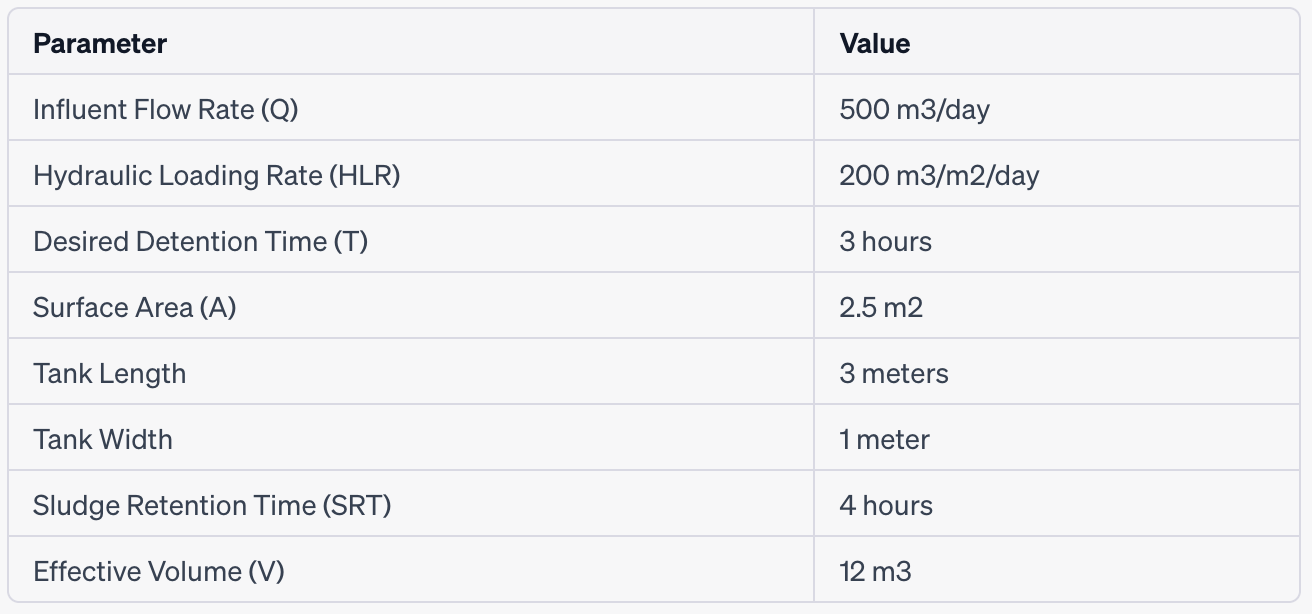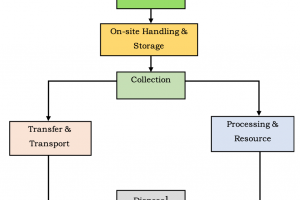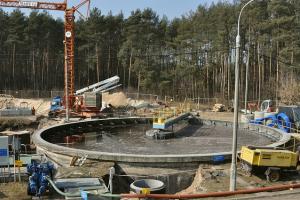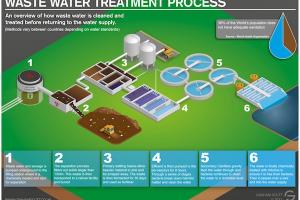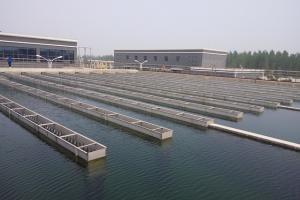Design and Sizing of Primary Sedimentation Tanks
Design and Sizing of Primary Sedimentation Tanks
The design and sizing of primary sedimentation tanks involve several key factors to ensure efficient solids removal and proper wastewater treatment. Here are the key considerations and steps involved in the design process:
1. Flow Rate and Design Criteria:
- Determine the average and peak flow rates of the influent wastewater based on the projected population or industrial wastewater characteristics.
- Consider any applicable design criteria or regulatory requirements related to sedimentation tank performance, such as solids removal efficiency or detention time.
2. Surface Area Calculation:
- Calculate the required surface area of the sedimentation tank based on the hydraulic loading rate (HLR) and desired detention time.
- The HLR is typically expressed in m3/m2/day and represents the flow rate per unit area of the tank. It is determined by dividing the flow rate (Q) by the surface area (A) of the tank.
- The detention time is the desired duration that the wastewater remains in the tank and is typically expressed in hours. It is determined by dividing the effective volume (V) of the tank by the flow rate (Q).
- The surface area can be calculated by dividing the flow rate by the hydraulic loading rate: A = Q / HLR.
3. Tank Dimensions:
- Determine the appropriate tank dimensions, such as length, width, and depth, based on the available space and desired surface area.
- Consider the desired aspect ratio (length-to-width ratio) for the tank, typically between 2:1 and 4:1, to promote efficient solids settling.
4. Sludge Retention Time (SRT):
- Determine the desired sludge retention time, which is the time solids spend in the tank, to ensure proper settling and sludge removal.
- The SRT is typically based on the desired level of solids removal and can vary depending on the treatment objectives and influent characteristics.
- The SRT can be calculated by dividing the sludge volume by the flow rate: SRT = V / Q.
5. Inlet and Outlet Design:
- Design appropriate inlet structures to evenly distribute the influent flow across the tank to prevent short-circuiting and ensure uniform settling.
- Install weirs, effluent launders, or other suitable devices to collect and remove clarified effluent from the tank.
- Consider the use of baffles or flow control mechanisms to minimize turbulence and improve settling efficiency.
6. Sludge Removal:
- Select suitable mechanisms for sludge removal, such as scraper blades, suction devices, or sludge pumps.
- Determine the frequency and method of sludge removal based on the expected sludge accumulation rate and the required maintenance schedule.
7. Structural Considerations:
- Design the sedimentation tank structure to withstand the hydraulic and mechanical forces exerted by the wastewater flow.
- Consider the use of appropriate materials, such as concrete or steel, based on the tank size, loadings, and local regulations.
Solved Example on Design and Sizing of Primary Sedimentation Tanks
Let's consider designing a rectangular sedimentation tank for a wastewater treatment plant. The influent flow rate is 500 m3/day, and we want to achieve a detention time of 3 hours.
1. Surface Area Calculation:
- We can calculate the hydraulic loading rate (HLR) using the flow rate (Q) and surface area (A) equation: HLR = Q / A.
- Let's assume a hydraulic loading rate of 200 m3/m2/day.
- To calculate the required surface area: A = Q / HLR = 500 / 200 = 2.5 m2.
2. Tank Dimensions:
- Determine the tank dimensions based on the desired surface area and aspect ratio.
- Let's assume a length-to-width ratio of 3:1.
- The tank width can be calculated by assuming a width of 1 meter and finding the length using the aspect ratio: Length = 3 * Width = 3 * 1 = 3 meters.
- So, the tank dimensions would be 3 meters in length and 1 meter in width.
3. Sludge Retention Time (SRT):
- In this example, we'll assume a sludge retention time of 4 hours.
- The SRT can be calculated by dividing the effective volume (V) of the tank by the flow rate (Q).
- Let's assume an effective volume of 12 m3: SRT = V / Q = 12 / 500 = 0.024 hours.
4. Inlet and Outlet Design:
- Design appropriate inlet structures to evenly distribute the influent flow across the tank.
- Install weirs or effluent launders to collect and remove clarified effluent from the tank.
5. Sludge Removal:
- Determine the frequency and method of sludge removal based on the expected sludge accumulation rate and maintenance requirements.
- Let's assume periodic sludge removal every 2 weeks using scraper blades.
